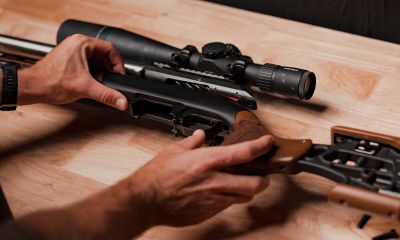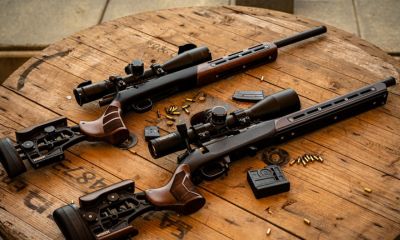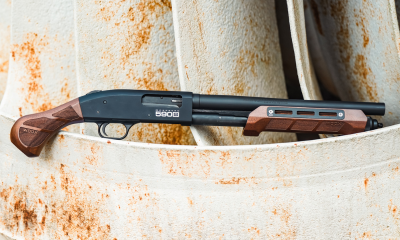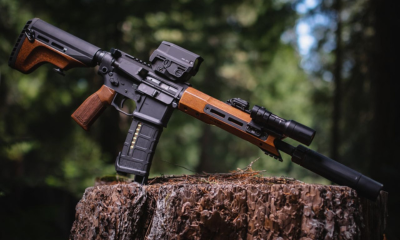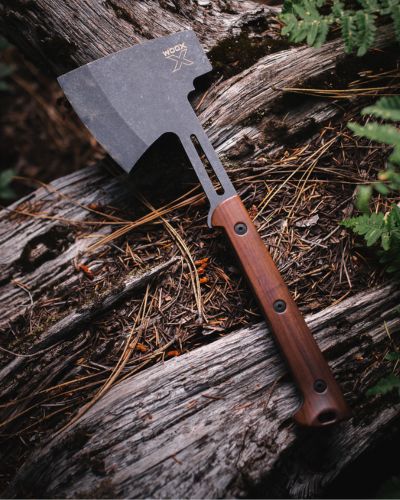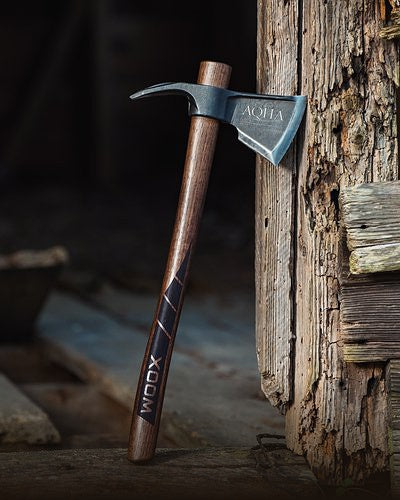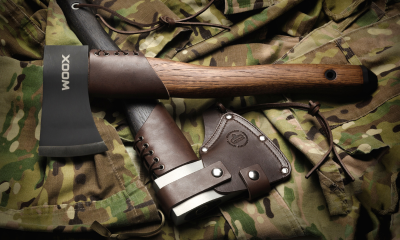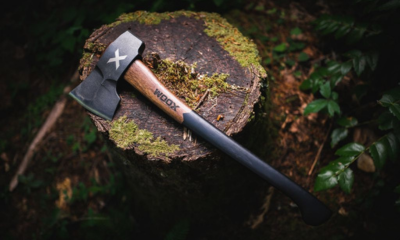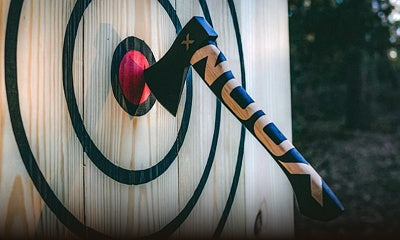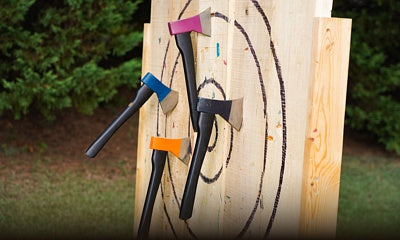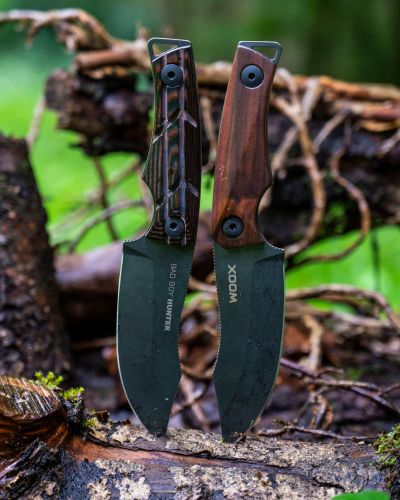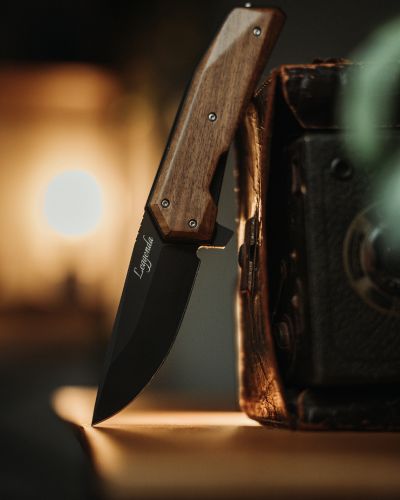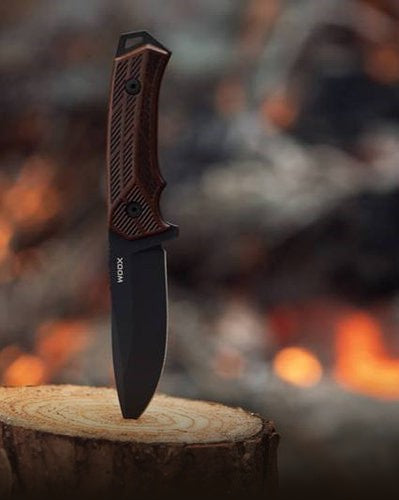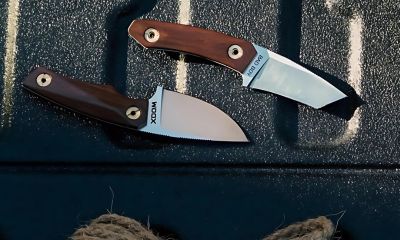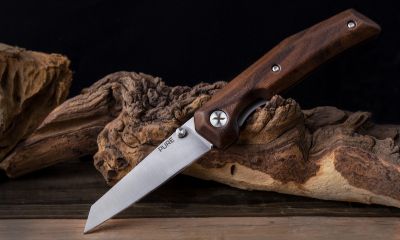Christmas delivery is no longer guaranteed.

Christmas delivery is no longer guaranteed.
GUN PARTS
AXES
KNIVES
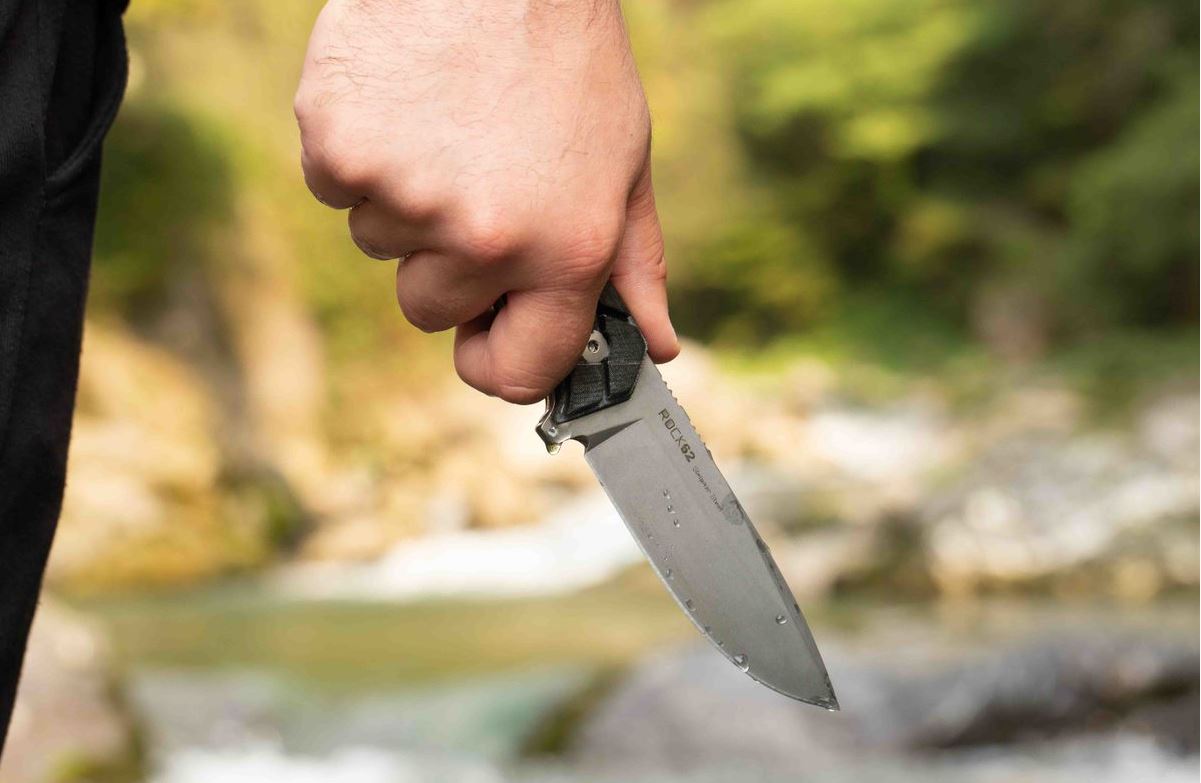
Let's cut to the chase - How to pick your survival knife
April 05, 2021 5 min read
If you grew up in the 80's, when you hear the phrase “Survival Knife” you think of something specific. You picture a gigantic saw-backed blade, a hollow handle with a plethora of cool survival gear inside it, and a compass on the butt cap. Survival philosophy has changed, however, and in 2021 survival knives have evolved. Let's talk about some things you should consider when you are picking your survival knife.
Environment
In what environment are you planning to use the knife? Different environments pose different challenges, and a tool that works well in the Eastern Woodlands might not serve as well in a South American jungle. For instance, rust resistance might not be a problem in the Arizona desert but will probably be a factor in the Louisiana swamps.
Blade
First and foremost, you are going to want a fixed blade as your survival knife. Don’t get me wrong, there are plenty of good folding knives on the market. Some of them are even almost as strong as a fixed blade. Notice, however, that qualifier- “almost”. No matter how strong a folding knife is, it can’t compete with the durability of a properly made fixed blade.
Your knife’s blade length should be a minimum of 4 inches and a maximum of 8 inches. I prefer a blade between 4 and 6 inches long, but I know some folks like their big chopping blades. This length range lets you have a blade that is capable of routine camp chores, fine detail work, and heavier tasks like batoning firewood.
The blade’s edge should be a fine edge, not a serrated one. Fine edges are much easier to maintain in the field. Your blade should come to a sharp point. A good point will let you bore small holes with the knife and make it easier to skin game and other fine tasks. A pointed knife is also easier to press into service as a weapon if needed.
Your blade’s thickness should be somewhere between 1/8 of an inch at the smallest and ¼ of an inch at the biggest. I generally go with 5/64or 3/16 of an inch. As with length, the thickness of a blade will dictate how well it does certain things. I like a medium-thick blade that is sturdy enough to do some heavy work yet thin enough to perform fine tasks.

As I alluded to earlier, the steel you pick should be tailored to your intended use. Carbon steels can take a sharp edge and hold it. However, they require more maintenance than a Stainless steel. Conversely, stainless steels are easier to maintain and sharpen, but you’ll be doing that sharpening more frequently. Also, carbon steel can have sparks struck from it with flint or quartz while stainless steels can’t.
The spine of your blade should be a sharp 90 degrees. This makes it possible to get good sparks from a ferro rod. It also allows you to conserve your edge and scrape fine shavings from dry wood to aid in starting a fire.

Whatever steel you pick, it should be a tough steel that can withstand hard use. It should also be tempered to a good hardness along the edge to maintain sharpness as long as possible.
Tang
The tang of a knife is the part that extends from the blade into the handle. It’s what the handle is attached to. There are several styles of tangs, ranging from rat tail tangs, half tangs, partial tangs, and through tangs up to full tangs. For a survival knife, you want a full tang. Full tangs extend all the way through the handle and go from the back to the front. You can tell if your knife has a full tang if you can see steel all the way around the handle. Speaking of which…
Handles
You want the handle to have removable scales. They can be whatever material you want- wood, micarta, rubber, and G10 are popular choices. Just make sure that the scales fill your hand comfortably. Avoid sharp edges to chafe your hand while you’re using the knife. You want the scales to be removable, so the knife is easy to maintain. You do NOT want a hollow handle full of stuff since that construction method is not full tang. Your handle should be long enough to fit your entire hand on it.
Sheath
A knife without a sheath is hard to carry, right? How we carry our knife is a personal thing for many of us. I’m not going to go into the relative merits of belt carry, scout carry, dangler carry, pack strap mounts, and whatever way you use. What I am going to do is suggest some things to look for in a sheath.
First, don’t settle for cheap. Remember, this is the knife that you just might be relying upon to save your life. Do you REALLY want to carry it in the cheap nylon sheath that many makers slap in the packaging?

If you’re choosing leather, make sure the stitching is even. Look for a welted sheath since sheaths without this design feature are easy to cut through the stitching. Look for reinforcing rivets at the opening and tip. Make sure you have a good retention strap to keep the knife in place. Make sure the belt loop is generous enough to fit your belt, and make sure the stitching on the loop is well done. Make sure the thing is made from quality vegetable-tanned leather, as well. A pocket for your whetstone is a plus, as is a loop for a ferro rod.
If you want to use Kydex, make sure that your knife fits the sheath. It should come out and go in without using too much force yet should be securely retained until you want it. A whetstone pocket and ferro rod loop are still a plus.
What do I use?
You might be wondering what knife I take with me into the woods. Well, this IS the WOOX blog, so I’m using the Rock 62 X Grip, of course! Not because of brand loyalty, but because it meets all the criteria above. You can check it out here if you haven’t already done it!

Conclusion
Picking a knife can seem daunting, but if you follow the above advice you should be able to find one that will serve you well.
What do YOU think? Is there something I missed? Is there something I’m wrong about? Let us know in the comments below!
Leave a comment
Comments will be approved before showing up.
Also in Woox Journal

PTR 9CT: Stock, Grip & Rail Upgrades - WOOX 1913 WOODY
December 12, 2025 1 min read
WOOX’s handcrafted American walnut stock, M‑LOK vertical grip and rail panels turn any rifle into a blend of classic craftsmanship and modern modular performance — perfect for hunters and shooters who value both heritage and function.

PSAK-47 GF3 & WOOX Forty Seven: Power Meets Heritage
December 12, 2025 1 min read
The WOOX Forty Seven combines timeless craftsmanship and thoughtful design, creating an immersive, adventure-ready experience for those who seek the wilderness.

The Mossberg Maverick 88: A Working-Man’s Shotgun Raised to a Higher Calling
December 09, 2025 1 min read
The Mossberg Maverick 88 evolves from rugged workhorse to heirloom-quality shotgun with Gladiatore walnut and aluminum furniture—performance and craftsmanship combined.
STICK AROUND AND STAY UPDATED!
Want the latest promotions, expert tips, and a cool sticker set?
Subscribe to our newsletter today.
Spam? Not on our watch!


